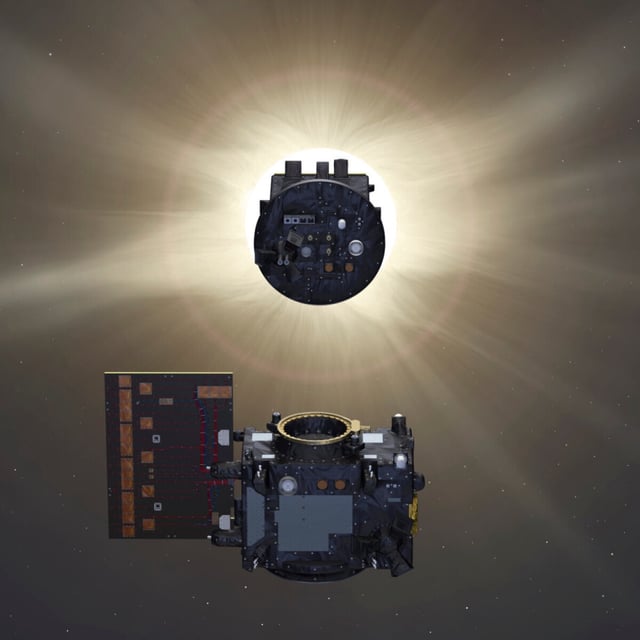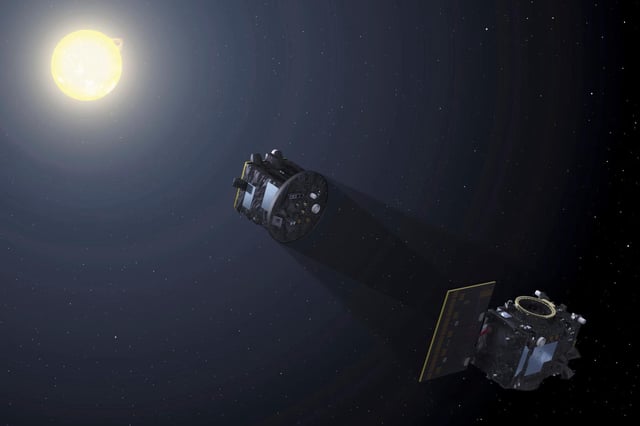Overview
- Proba-3’s two satellites—the Coronagraph and Occulter—operate as a single system, flying 150 meters apart with millimeter-level precision through GPS, star trackers and laser sensors.
- The pair align every 19.6-hour orbit to produce artificial total eclipses lasting up to six hours, allowing continuous observation of the corona’s inner regions.
- During its commissioning phase the mission has generated 10 artificial eclipses and is on track to deliver nearly 200 over its planned two-year duration.
- Early images captured by the ASPIICS instrument reveal hot ionized iron loops, solar prominences and helmet streamers with clarity rivaling natural eclipses.
- Extended coronal observations will feed into advanced computer models and help improve forecasts of solar storms and geomagnetic disturbances.


